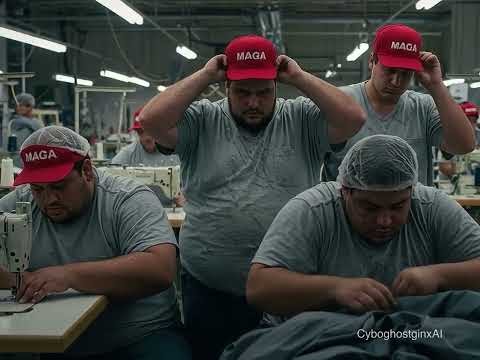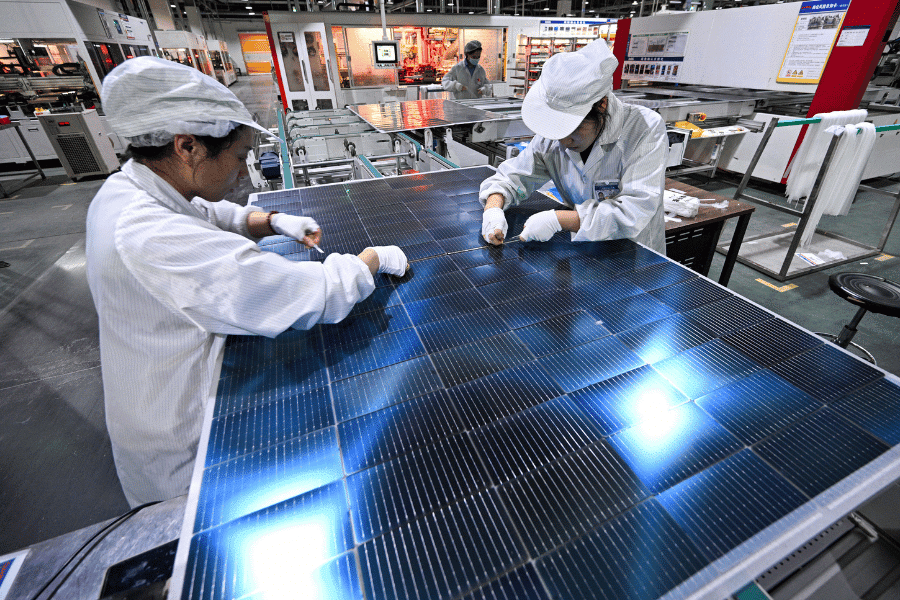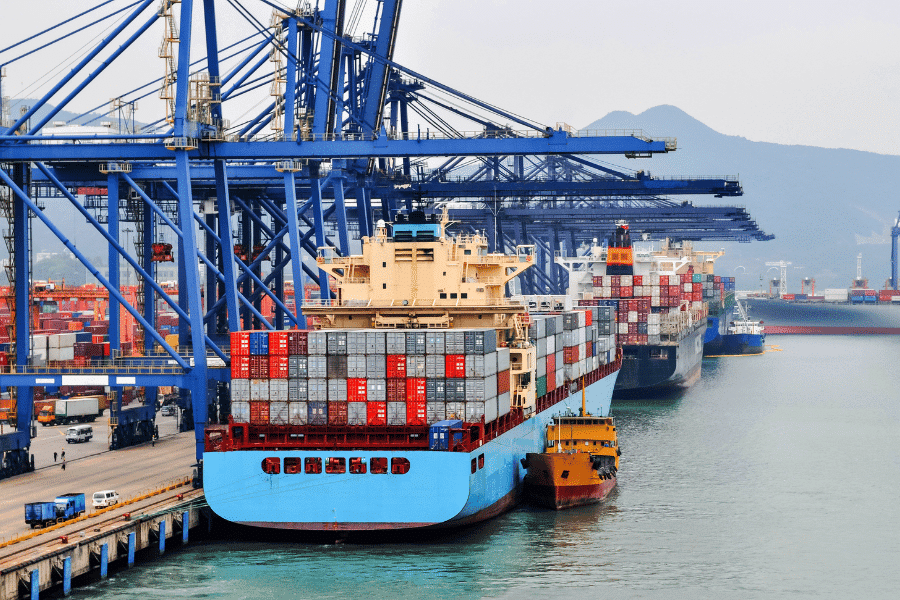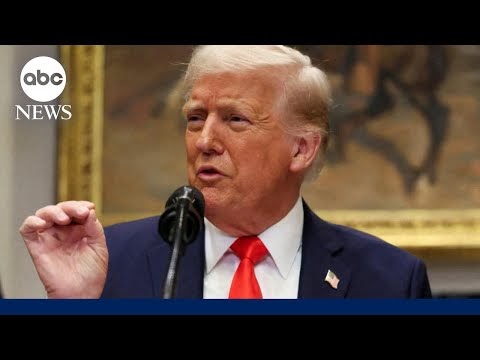“The Movie Industry in America is DYING a very fast death,” declared the 47th president in a post earlier this year on Truth Social. To lure more film productions back to America, Trump ordered the Department of Commerce and the U.S. Trade Representative to place a 100% tariff on foreign films.
Hollywood went into panic mode. But the summer months passed without any update from the White House. Then, on Monday, Trump renewed his calls for a foreign-film tariff.
Much has been made about the financial implications of Trump’s shocking movie mandate. But beyond the economic concerns, both the industry and elected officials alike have failed to consider the broader constitutional implications of the president’s chaotic posts, should the tariffs actually be implemented.
Nestled in his posts, declaring offshore film productions a “National Security threat,” Trump further justified the tariffs this year by labeling foreign films as “propaganda.” For any American who cares about free speech, that should be the cue to jump up and holler, “Cut!”
“Propaganda” carries an ominous connotation, one that those in power have often used to censor speech they dislike. But no matter what the president declares to be propaganda, whether movies or any other medium, it is still protected speech. That protection extends to both making and watching films, regardless of where they were produced, as the First Amendment safeguards not only the right to speak, but also the right to receive information and ideas.
Artists have the right to express their ideas, even when such ideas irk those in power.
Details are incredibly murky, and the White House clarified in May that “no final decisions” have been made on what the policy would look like. But Trump’s threats to use the government’s might to financially punish Hollywood for working with foreign filmmakers, while limiting Americans’ access to those films, are deeply worrying.
Any directive that aims to suppress movies based on their content or filmmakers’ creative choices would violate both the letter and the spirit of the First Amendment. The president claims these tariffs would strengthen American industry, but doing so by targeting filmmakers and their art, based on their place of origin or viewpoint, is as un-American as it gets. It’s less Mr. Smith Goes to Washington and more The Manchurian Candidate.
America’s proud free speech tradition is built on protecting speech critical of those in power. Because of this, the arts have historically been a potent force for social and political change in this country. One just has to look at the history of cinema to see that.
‘So to Speak’ Podcast: ‘The Trials of Lenny Bruce’
His trials began with a police bust at the Jazz Workshop in San Francisco in 1961, and ended with an obscenity conviction in New York in 1964.
Since the medium’s advent over a century ago, movies have been a dominant form of artistic expression in the United States. Not only that, but it’s historically been used to push back against the status quo.
During the studio system’s heyday, Meet John Doe shone a spotlight on the rising threat of fascism on domestic soil. Later, Casablanca tackled the dangers of isolationism. At the height of the Cold War, the Gary Cooper western High Noon challenged the Red Scare. Heralding the start of New Hollywood, Easy Rider rebelled against the prudish, white-picket-fence America of Eisenhower and Kennedy, while They Live! condemned the Reagan-era capitalism of the late 80s and early 90s. During the War on Terror, The Dark Knight questioned the morality of the Patriot Act surveillance state.
Not only that, but courts have consistently repelled government efforts to suppress artistic expression, reaffirming that artists have the right to express their ideas, even when such ideas irk those in power.
In a free society, the government, regardless of who is in power, cannot dictate what films we can watch or what books we can read.
In the 1948 Supreme Court case Winters v. New York, a 6-3 majority explained that “one man’s amusement teaches another’s doctrine.” The First Amendment protects everything from highbrow political commentary to sensational entertainment. Artistically, the line between high- and low-value expression is too subjective, too paper-thin to entrust the government with policing it. This free speech principle still rings true today, but the president seems willing to cast it aside to exert greater control over the film industry.
The nation’s highest court also has much to say on why taxing speech is unconstitutional because, let’s be clear, Trump’s tinseltown tariffs are just another tax. The Supreme Court has repeatedly ruled that the First Amendment protects us against government taxing expression it dislikes.
Like all art, movies both provoke and inspire. They are, in the words of the late film critic Roger Ebert, “empathy machines.” In the darkness of a movie theater, we sit with strangers from different backgrounds. We gravitate to those cathedral-like spaces to share in one singular experience that is more than likely foreign to our own. We watch movies to be swept up in something different. At the very least, movies can challenge our ideas, much like a thriving free speech culture. At their best, movies change us.
In a free society, the government, regardless of who is in power, cannot dictate what films we can watch or what books we can read. And when we encounter a film that we may disagree with, the way we respond is our own speech, our own art, our own expression. As the nation’s chief executive, Trump cannot use the force of the presidency to target filmmakers and their artistic expression in the name of “national security” or “propaganda.” That’s unconstitutional. And that’s to say nothing of the other legal roadblocks to his plan.
The president’s vague, broad call for speech-retaliatory tariffs against foreign films has the potential to silence storytellers, chill the efforts of studios, and prevent American audiences from participating in the international exchange of ideas movies provide.
That doesn’t “Make Hollywood Great Again.” It makes it worse.






